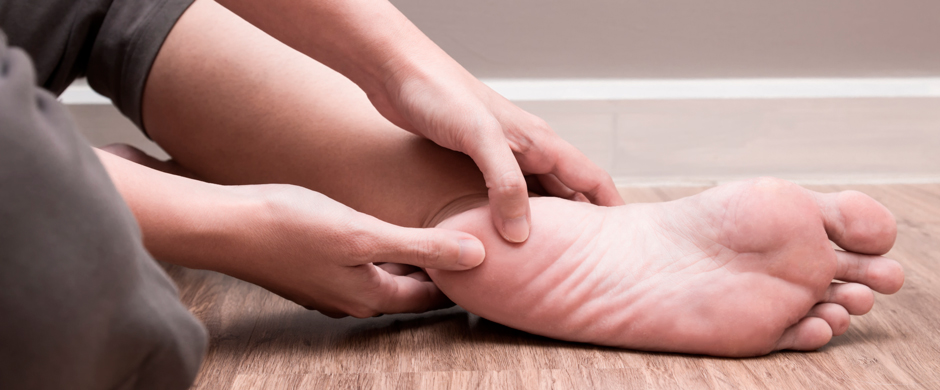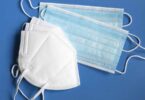Calcifications in the heel are known as calcaneal spurs or exostosis. It is estimated that 1 in 4 people suffer from this disease.
If in the morning you feel intense and throbbing pain when you step on it, you could suffer from spurs.
Spurs are a calcification that produces a pointed bony bump on the underside of the heel bone. This is because the body accumulates calcium in the damaged areas to recover the tissue.
Some of the causes of plantar fasciitis and, consequently, of the spurs: Age, Overweight or obesity, flat feet, standing for a long time, etc.
The spur can be diagnosed with a lateral X-ray in the lower part of the heel bone or calcaneus, where a bulge is recognized and can vary between 1 and 5 mm.
Generally, the treatment for plantar heel spurs is known as the following:
– Decrease the practice of physical activity or as the case may be, stop practicing.
– Physical therapy to try to dissolve the calcifications.
– Application of medicines.
– Use heel cups with holes or personalized templates.
– Surgery in case none of the conventional treatments have given results.
To prevent spurs is to reduce excess weight and include foods containing magnesium, silicon and zinc in the diet, as they keep muscles and tendons healthy. Wear suitable footwear. In the workplace, it is best to change your posture between sitting and standing.
If this pathology is not treated in time, it can become chronic, which causes the patient to feel a lot of pain and difficult to improve.
The doctor who treats this pathology is a heel spur specialist.
https://www.ergodinamica.com/blog/preven-espolon-calcaneo-estudio-la-pisada/
https://www.topdoctors.es/diccionario-medico/espolon-en-el-talon#Causas








